Visitor flows refer to the volume and movements of visitors throughout and within a building. Key building personnel such as IT managers or facility managers may be interested in monitoring and enhancing visitor flows as it provides valuable data about what is happening on-site. It can also help them a recognize any shortcomings regarding people flow efficiency and space optimization.
A significant part of a visitor's journey when entering a new site is based on how easily they can move around, know where to go, and navigate the building. This is why ensuring seamless visitor flows is such an important part of everyday business operations as these flows can make or break your guests' first impressions of your workplace. Ensuring visitor flows are as seamless as possible can help you create a better experience for not only your guests but also your employees because it helps reduce congestion around the workplace.
Read on to discover some tips on how to create more seamless visitor flows in your workplace.
Achieving seamless visitor flows throughout your building holds an array of benefits. Not only does it allow for more smooth building operations and functions, but it can also enhance your visitors' experience and give them that extra ounce of confidence when navigating throughout your site.
Various factors can help achieve more seamless visitor flows in a building. Adding on, some workplaces may hold different expectations and opinions related around what truly makes consistent people flows. But, the following may be a useful guide for workplaces to follow when considering what generally contributes to a more seamless visitor flow (no matter the scale of operations or industry):
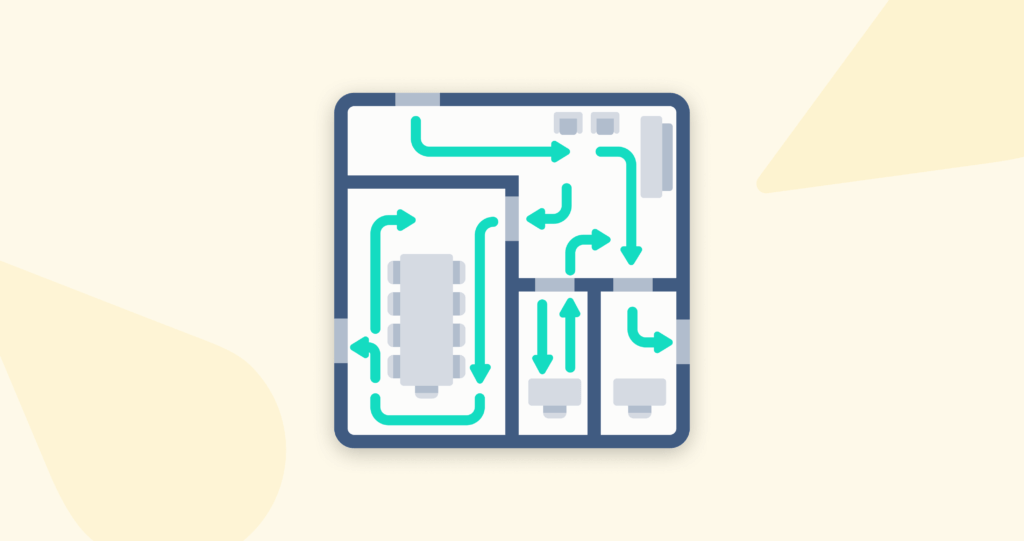
Well-thought-out, concise visitor policies hold an array of benefits to your workplace and its physical security. Office visitor policies allow your employees, managerial staff, visitors, and contractors to understand and acknowledge your workplace rules and expectations. This not only sets the tone of what is required from your staff but allows your visitors to gauge how seriously you take workplace security and the internal operations of your business. When such policies are implemented and scaled, they can help create a more consistent experience for your guests and help you streamline your visitor flows.
Visitor policies can help assist your workplace in achieving more seamless and secure visitor flows in a variety of ways. For this to be achieved, it is important to critically consider what needs to be included in your policy that can help facilitate this.
This may include instructions around where to go and what to do upon arrival, what routes they are required to take to get to their destination, what areas are they allowed or permitted to enter, during what hours are they allowed to visit your site, whether they are required to make an appointment in advance and maybe even what they are required to bring (i.e identification, documentations, credentials).
It might also be advantageous to communicate these policies and procedures to your visitors before they enter your site. This can help give them adequate time to read through and properly understand what is expected from them and what they are allowed/not allowed to do.
For instance, you can communicate to your visitors a map of your workplace and relevant signage they may need to look out for. So, once they do arrive on your site, they know where to go and what to do without the need to wait in line at the reception – helping to reduce bottlenecks and lessening the likelihood of your guests feeling confused or lost.
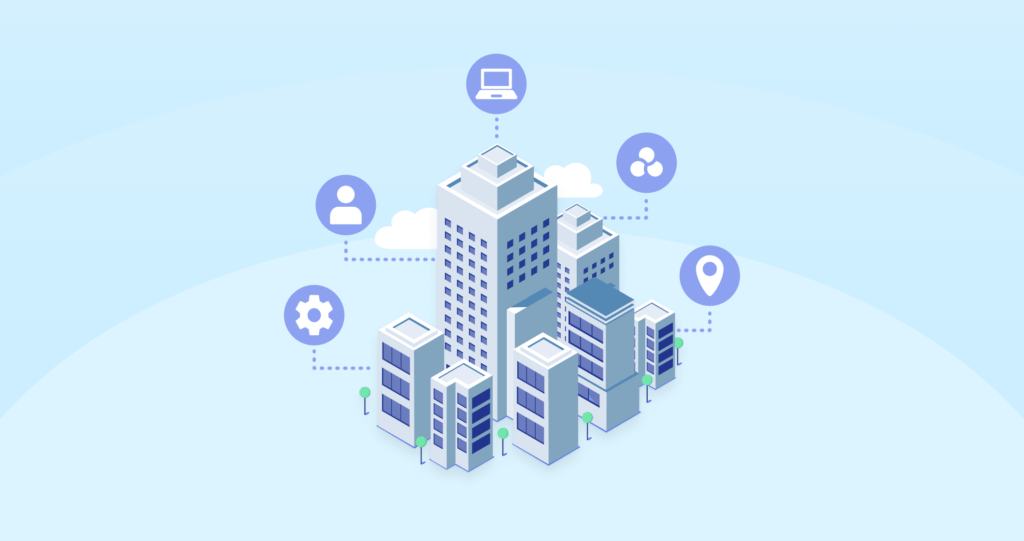
Everybody in your workplace, from the reception desk up to the C-suite, has a fundamental role to play when creating a positive guest experience and ensuring that all visitors on site are taken care of. As long as these expectations are communicated to everyone in your workplace, this can help create more seamless people flows throughout your site. It helps set the tone for staff around what is expected of them and what they are required to do if a visitor is lost or in a restricted area.
There are various roles and responsibilities you can assign specific staff members, or even just roles that may be relevant to your workplace as a whole. Regardless, this can help aid in creating more seamless visitor flows. Some of these roles and responsibilities may include:
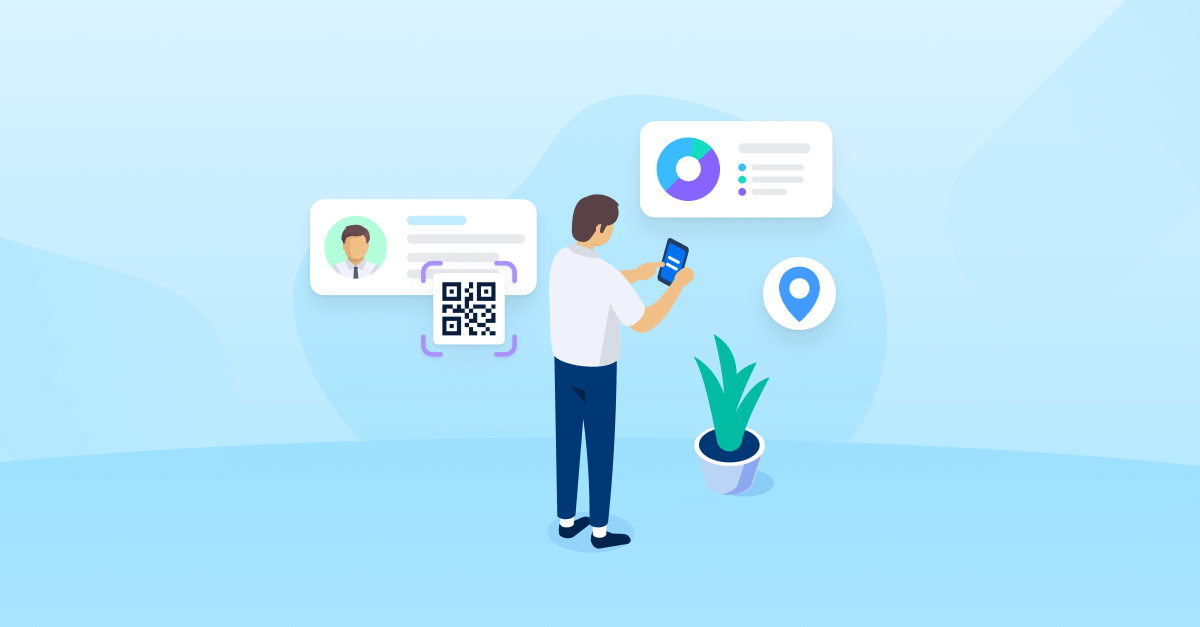
Of course, there is sometimes no better way to enhance the visitor experience than listening to the visitors themselves. Whilst you may have a birds-eye-view of your business operations, it may be optimal to also consider what your visitors have to say about their experiences throughout your site.
As you oversee and walk around your workplace every day, you may begin to develop an unconscious bias which can reduce the likelihood of spotting fresh shortcomings that can interfere with providing seamless visitor flows.
It may be useful to utilize an outsider's perspective as they can point out flaws that you may not have normally noticed. Feedback surveys can be a great way to ask your visitors questions about their experience throughout your site and any recommendations that can make their navigation journey more seamless.
To enable more seamless visitor flows throughout your building, a useful visitor management system should do the following:
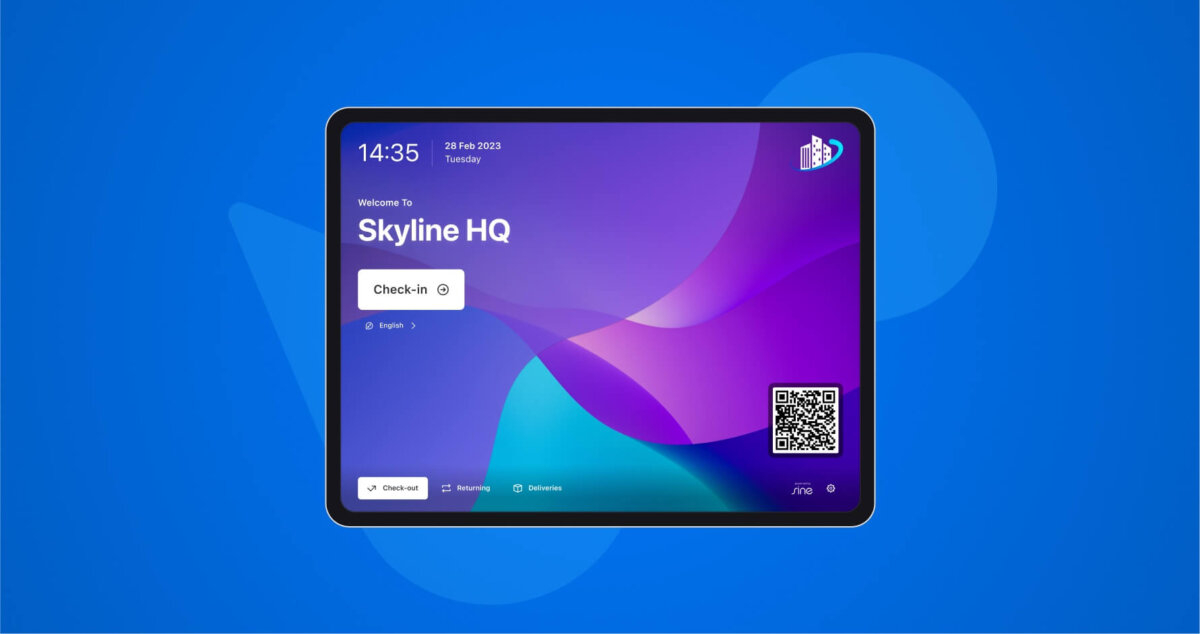
Visitors that are returning to your workplace or regular visitors probably won't need to go through the same process or procedures as those who are visiting your workplace for the first time. So, it is important to consider solutions for those that are already familiar with your workplace requirements, have the approvals to enter your site, and are regularly checking in to your site.
For instance, it would not be ideal for those visitors entering your site for the fifth time this month to have to line up behind those visitors entering your site for the first time and have to wait in a congested line to manually enter their details at the iPad check-in kiosk. Not only does it diminish the returning or regular visitor’s experience, but it can also create clunky queues in your reception area that can inhibit seamless visitor flows.
Honeywell Forge Visitor and Contractor Management can help your workplace create more seamless visitor flows by offering robust, digital solutions. Get in contact with our sales team today to learn more.
[ez-toc]
We all know that most software, implemented well, improves our day-to-day activities. It can remove the headache of clunky spreadsheets and back-and-forth emails. It can provide robust data at the touch of a button to help drive better decision-making and improve processes. It can collate compliance documents and automate checks, giving peace of mind to managers that their workplace is safer and more compliant. Given the benefits of software implementation, many businesses are constantly adding new systems to their tech stack. However, if not communicated and executed well, employers adding technology to their business processes may be met with employees’ resistance to change.
Thanks to the assistance of our implementation specialist, Tim Cameron , we delve into how key company stakeholders may be impacted by technological changes, questions to consider when finding the right visitor and contractor management software, any resistances or doubts your employees may have implementing new software or processes, and how to overcome these resistances.
Visitor and Contractor management software may alter roles, responsibilities, and expectations of employees such as receptionists, facilities managers, operations managers, and compliance departments. It may also impact employees as it can change the way they communicate and interact with visitors and contractors. They may also deal with additional expectations being placed on them by their employers, including the assumption that they will be able to easily adapt to and utilize this new software. Such software implementations could also alter or call for a change in workplace visitor and contractor policies and guidelines.
Various key company stakeholders may be impacted by this implementation, whether they are using the software, just becoming aware of it, or even being a key decision maker, namely:

Before thinking about how exactly you plan to implement this new workplace software or how to get your key company stakeholders on the same page as you – it is important you ask yourself these questions to ensure the software you choose is most suitable for your unique workplace requirements:
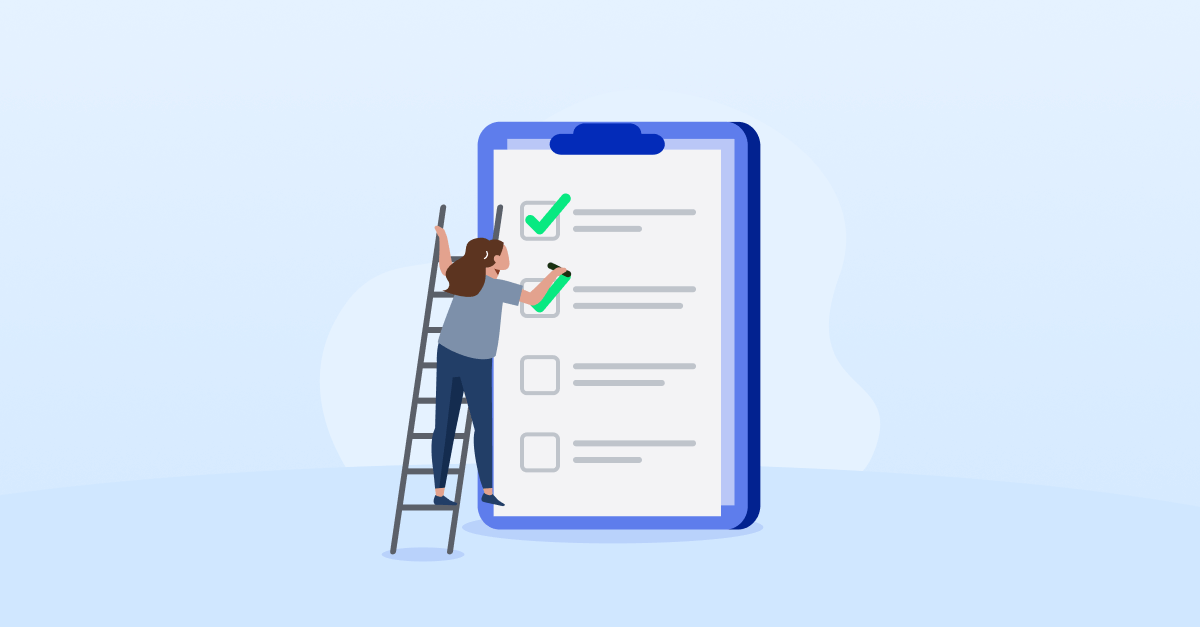
Before deciding to implement these new processes and software into your workplace, it is important to recognize and try to find out any resistances or doubts your company stakeholders may have. This can include:
Now that these resistances have been successfully recognized and extensively analyzed, there are various ways to deal with these oppositions and reassure your company stakeholders this is a worthwhile decision.
It is important to communicate what the software means for their day-to-day working lives, reassuring them of the benefits of the implementation, and evoking positivity in support of the change.
It is important to take the implementation process seriously and sincerely by ensuring you read and understand various information/documentation/FAQs that may be provided to you. It is also a good idea to attend in-depth training sessions run by the visitor and contractor management company so you can extensively understand the product and truly recognize the bespoke benefits for your workplace.
It may also be useful to utilize the software’s website by sharing links or guides around privacy/security policies to help put your team’s minds at ease and educate them on how the software works. It is also encouraged to properly communicate what the new software is and how it will affect/improve the daily operations of individuals in the business.
Of course, once your company stakeholders are on board, you have addressed any doubts or concerns they have and extensively conveyed to them why you have made this decision – it is worth considering how to successfully implement this new software into your workplace. This should be in a manner that is suitable to your unique business requirements and how your business specifically wants to benefit from and use the software:
Someone keen to learn the product and excited about improving processes and sharing their knowledge with others is the perfect fit to champion new solution. When you have enthusiastic people onboard, quite often, they are the ones that end up teaching everyone. When software is procured by one team and hand-balled to another without enthusiasm or proper consultation, this may result in the most friction in the implementation process.
Be upfront and informative about change and how it will affect stakeholders.
Onboarding emails sent out to your team members who will also be using the software should contain content around what the software is, why it was introduced, what their key responsibilities will be, links to helpful how-to information, links to the software’s privacy policy so they can understand how the data will be handled, along with a call out suggesting they take the opportunity to voice any questions and concerns.
Engage with those who will be the "Boots on the Ground" or "Power Users" of the software. If they are a part of the discovery process, chances are they will feel more empowered to make the project successful.
Engage the training and support that is available to the team at the time of implementation. Identify people inside the business that get excited about technology and invite them to a session with a Subject Matter Expert (Implementation Specialist). These people will become your internal product champions in a Train the Trainer approach.
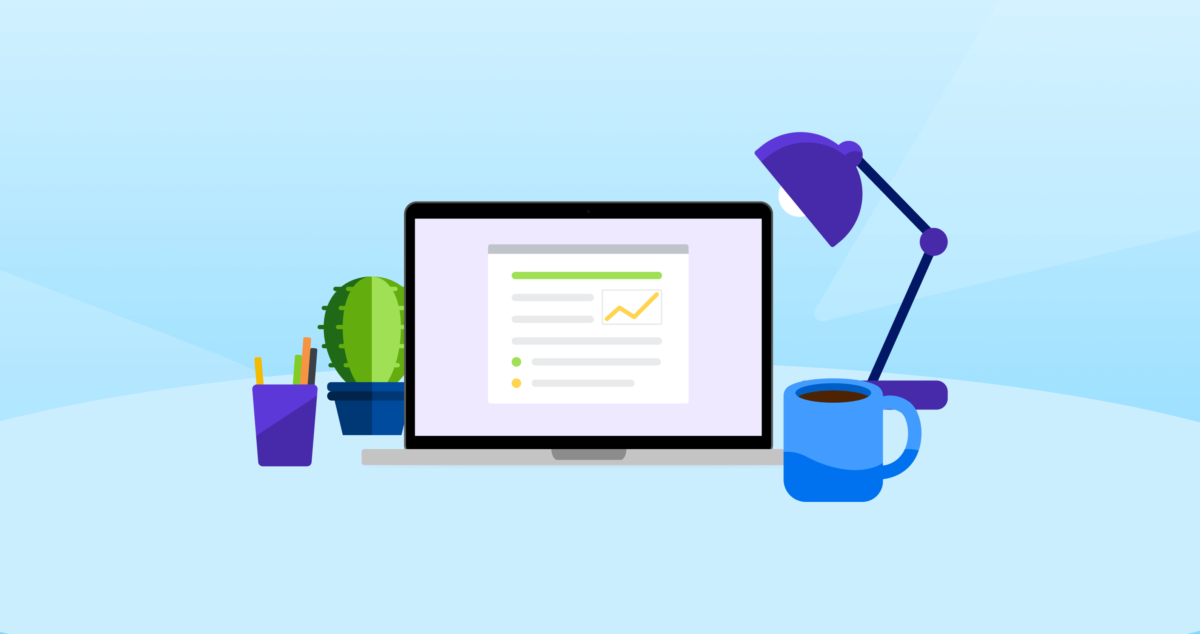
Digitizing your workplace comes with various challenges and resistances (to say the least). Many employees may be on a different wavelength in terms of the whys and hows of being part of an increasingly digital world. But, as you begin to overcome any of these resistances and manage to get your key company stakeholders on the same page as you, the true underlying benefits of digitizing your visitor and contractor management systems can be duly recognized:
The Honeywell Forge Visitor and Contractor Management team is here to support you throughout this evolving journey. Get in contact with one of our friendly sales team members today to find out how we can help digitize your workplace.
Facility management can be an under-appreciated job. That’s partly because managers operate behind the scenes, and the best systems are so seamlessly integrated and efficient that we take them for granted. But an enormous amount of work goes into making a building safe, efficient, and comfortable. In commercial real estate (CRE), most facility management now involves specialized software.
An efficient facility can process visitors, abide by safety protocols, ensure energy efficiency, record data for compliance reports, and more. Old systems involved sign-in sheets and the constant attention of front-office staff. It led to the frequent interruption of employees by visitors who needed guidance, posed data risks, and made reporting time-consuming and incomplete. But new software, such as visitor management systems (VMS), is now building a base for more efficient facilities.
What does it mean to have an efficient facility? And how can it be monitored and measured? The truth is that dozens of factors go into facility efficiency, including enhancing your business processes, updating your equipment, and creating an environment where those who use your facility have what they need to feel safe, satisfied, productive, and comfortable without overusing or wasting resources.
As you might imagine, facility efficiency goes far beyond just energy usage or “green” technologies. It touches on processes, policies, and tools organizations use to meet the needs of building residents, workers, guests, etc. Gauging building efficiency also requires setting goals as well as a way to measure costs and savings. Luckily, much of this can be tracked, automated, and improved thanks to software such as computerized maintenance management systems (CMMS) and visitor management systems (VMS).
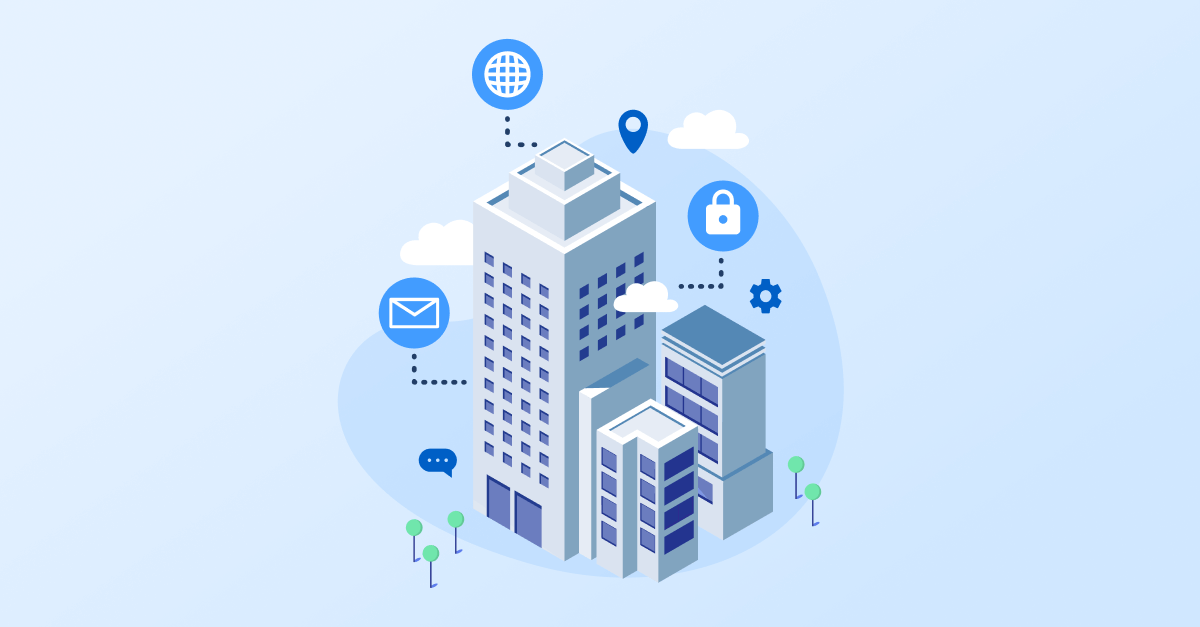
Depending on the type of software you invest in, you may be able to track, audit, and modify everything from access controls and necessary visitor credentials (to manage who can enter a building or specific area) to compliance data and incident reporting.
For example, a VMS allows organizations to boost workplace efficiency before a person even enters the building.
Here are just some of the ways software can make facilities and workflows more efficient:

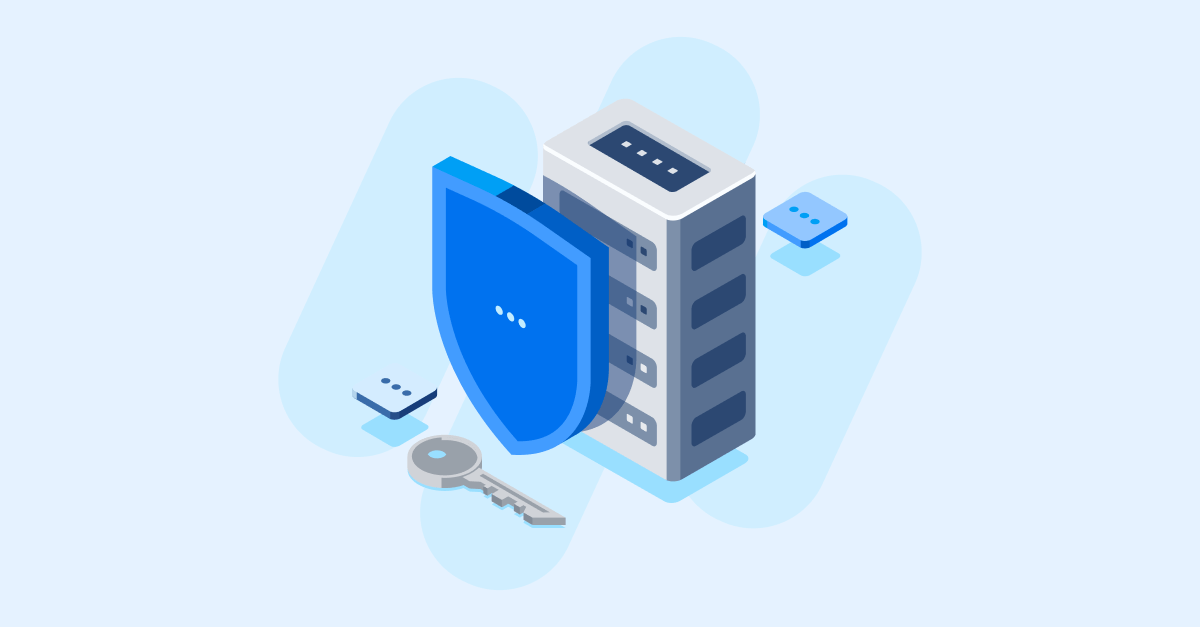
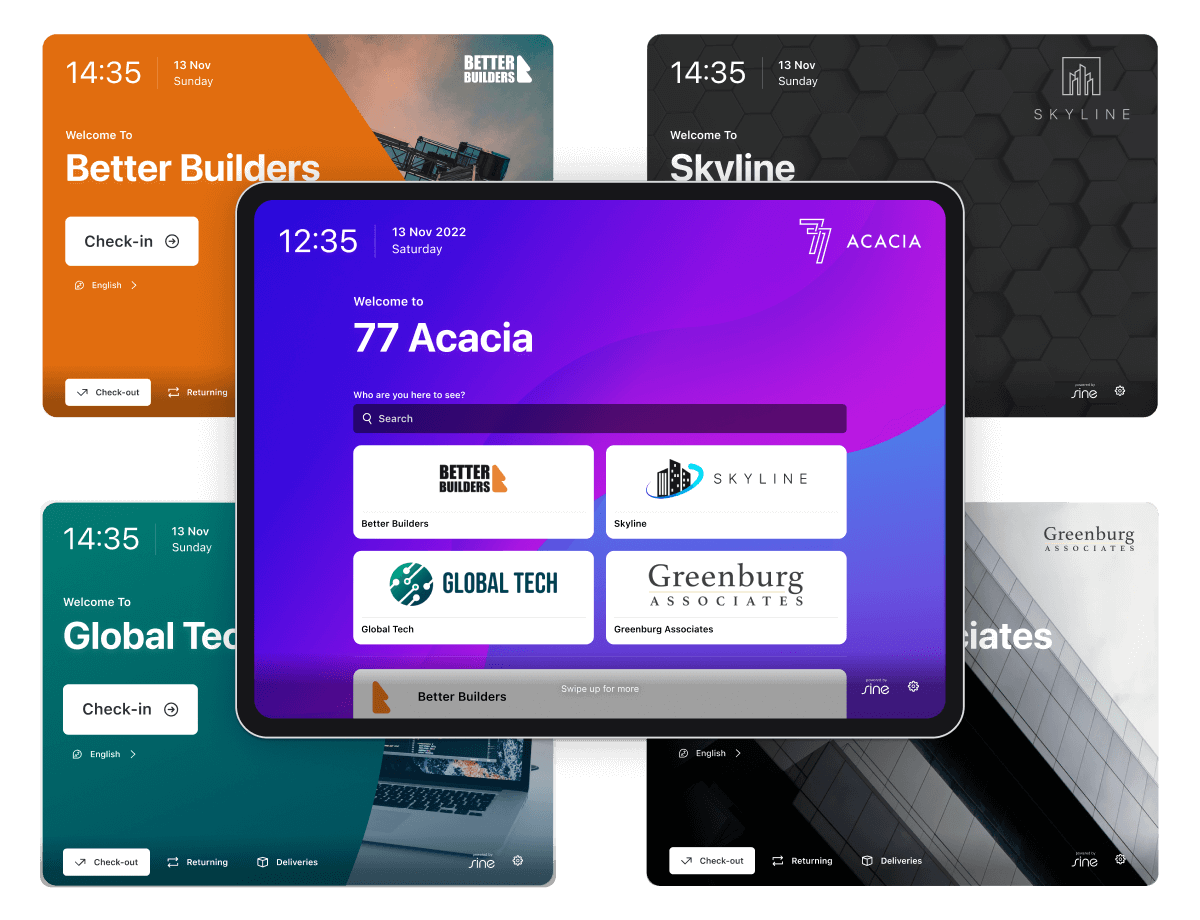
Hardware plays an integral role in building efficiency upgrades as well. In fact, much of the software needed to perform these tasks requires smartphones, check-in kiosks, scanners, iPads, smart locks, security cameras, printers, and IoT sensors. Many older buildings need to be retrofitted with smart technology before software efficiency upgrades can be made. But companies have proved they’re willing to make this investment in the future. For example, according to a report by McKinsey & Company, organizations using IoT technologies grew from 13% to 25% between 2014 and 2019, and spending is expected to exceed $1 trillion by 2025.
Deloitte’s 2023 Commercial Real Estate Outlook Report also noted that companies are increasingly retrofitting properties to maximum efficiency.
It’s clear that the best investments are the ones made in future-proof innovations that meet the evolving needs of facility owners and occupants.
Whether efficiency conjures images of sustainable energy uses or improved workflows, software innovations are guiding the way toward increased visibility and measurement of facility operations and costs and illuminating the places where there’s room for improvement.
To learn more about how a Visitor Management System can help you improve your facility’s efficiency, book a live demo with our team today.